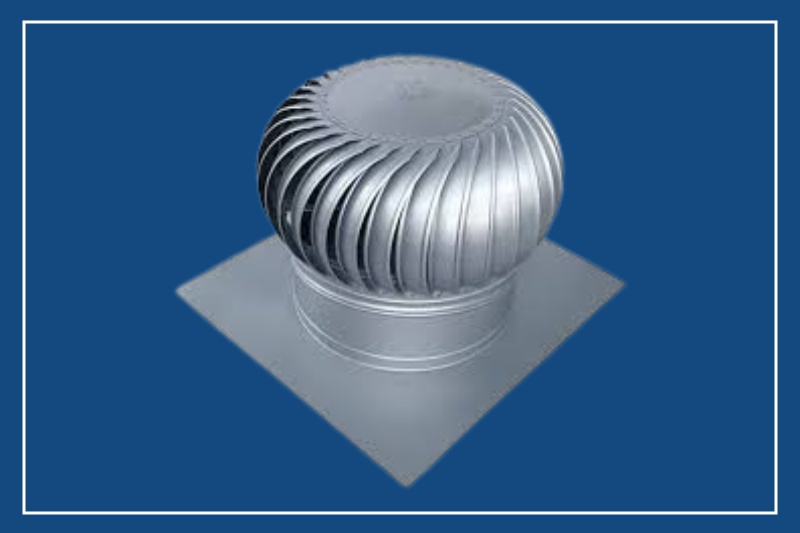-

Call Us @
-

Mail Us @
An Air Ventilator is a crucial component in maintaining indoor air quality and ventilation in various types of buildings, including residential, commercial, and industrial spaces. It helps to ensure a constant flow of fresh air while expelling stale or contaminated air, thus enhancing the comfort and health of occupants. Air Ventilators are designed to work efficiently in various environmental conditions and are often used in conjunction with other ventilation systems to provide optimal air quality.

Key Features